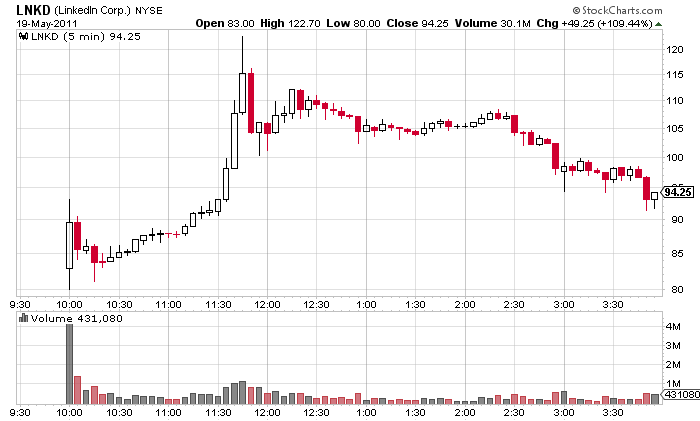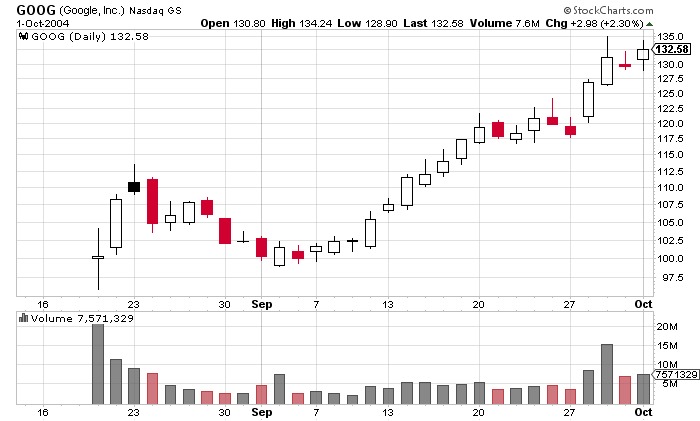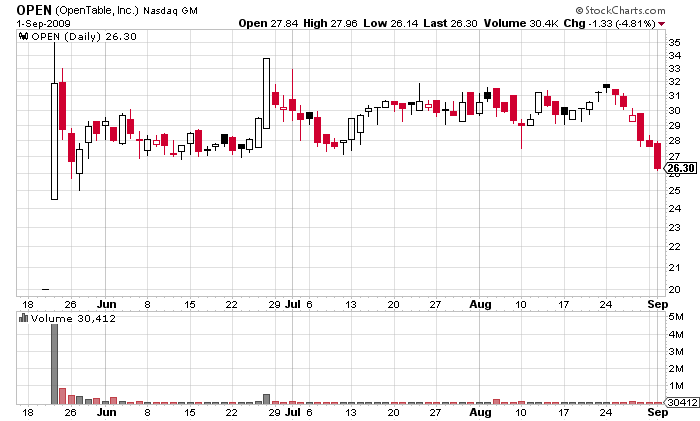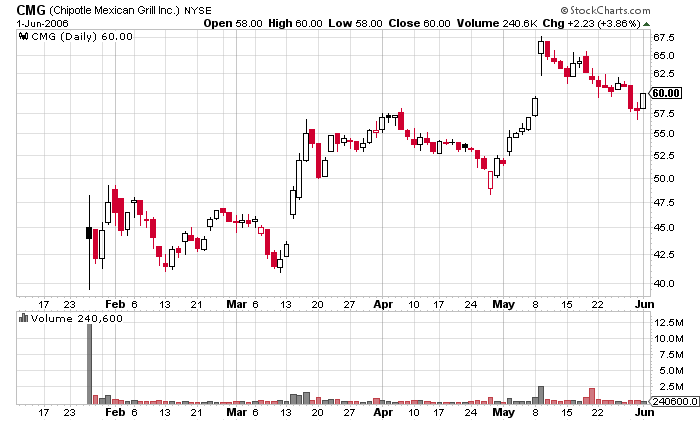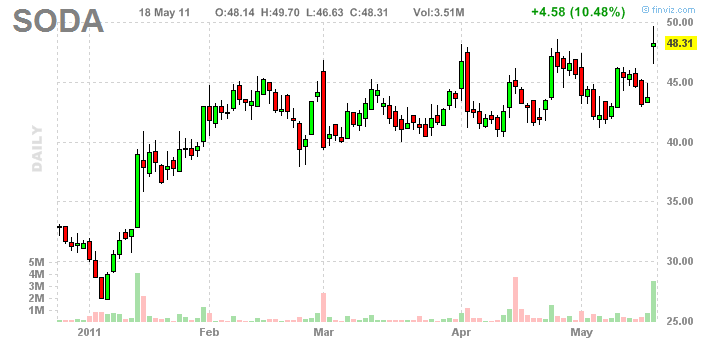I honestly respect James Altucher and believe he has a brilliant mind, but I absolutely disagree with his post on “10 Reasons You Should Never Own Stocks Again“. His reasons basically revolve around the difficulty of achieving significant returns consistently; the harsh competition, the unethical behavior, the luck factor.
1. Learning how to trade/invest is difficult, but so is everything else. Every discipline has its learning curve. Lawyers go to school for 8 years, before they are considered ready to prove themselves. I haven’t heard of someone, who considers himself a good doctor after reading a few posts on the Internet. If you try a surgical operation after reading a book or watching a Youtube video, I can tell you that most likely you will be unsuccessful. Trading/Investing is not different. It takes time, discipline, the proper teachers, the right attitude. Most people fail in trading/investing, not because it is particularly hard, but because they are not properly prepared.
2. You don’t compete against other traders and investors. You compete against yourself; therefore there is no limit to what you can achieve.
3. James believes that everyone will be better off by investing in themselves. I absolutely agree. Acquiring a new skill is investing in yourself. Trading, as everything else in the world is an acquired skill. By learning how to properly trade/invest, you are investing in yourself.
4. James says that luck is a huge factor in the stock market. Luck might be the main factor behind one or two gains, but over time the single most important factor for consistent gains in the stock market is risk management. It has nothing to do with luck.
5. James states that the best investors average only 10-15% a year. Who are considered the best? Usually the ones that manage the most money and have long track record of consistent double digit profits. The size of the managed capital is an obstacle for the performance. It is much easier to achieve 20% on $100k than 20% on $10 billion. Besides that, most of those investors manage other people’s money; therefore their personal return is much higher than 10-15%. Investing doesn’t have to be a full-time job.
6. The odds are that you won’t become a trading or investing superstar. I agree. Not everyone will become one, but this is not different than in any other discipline. There are only a handful of great football and piano players, but also a much bigger majority that is making a good living out of it.
7. Yes, there is unethical behavior among investment banks and the board of the companies, but we should not make general conclusions based on a few famous cases that made it to the press. The media pays attention to the negative, because this is what sells best. This is why it focuses on the Enron’s of the world. The stories with good endings are rarely told. It is not a coincidence that the term “good news” has become an oxymoron.
8. James says that stocks are boring. Talk for yourself, James. We all like different things.
I have much more to say on the subject, but I will keep it for another post.
